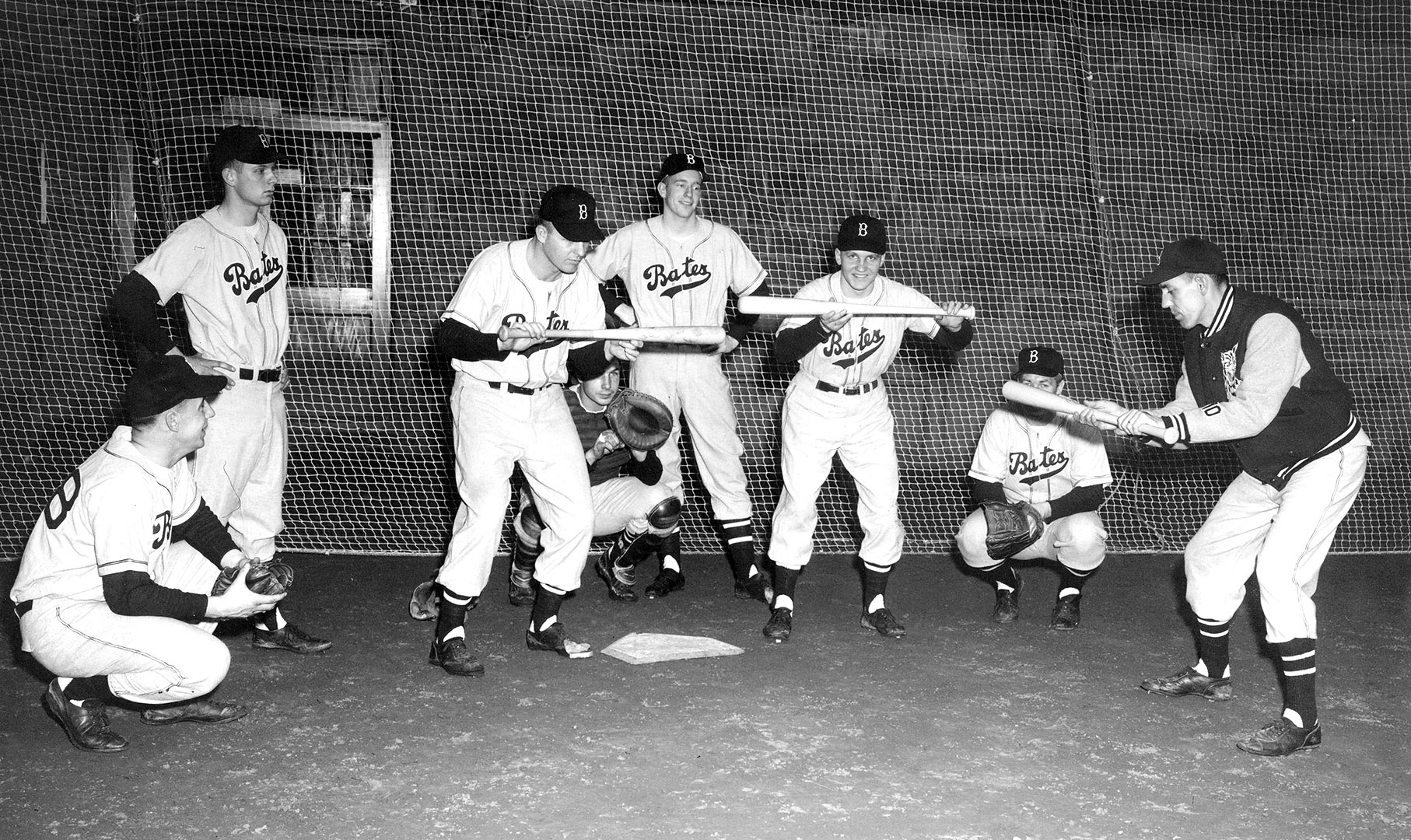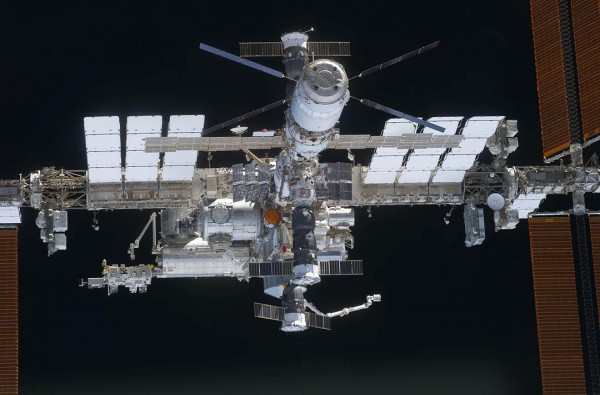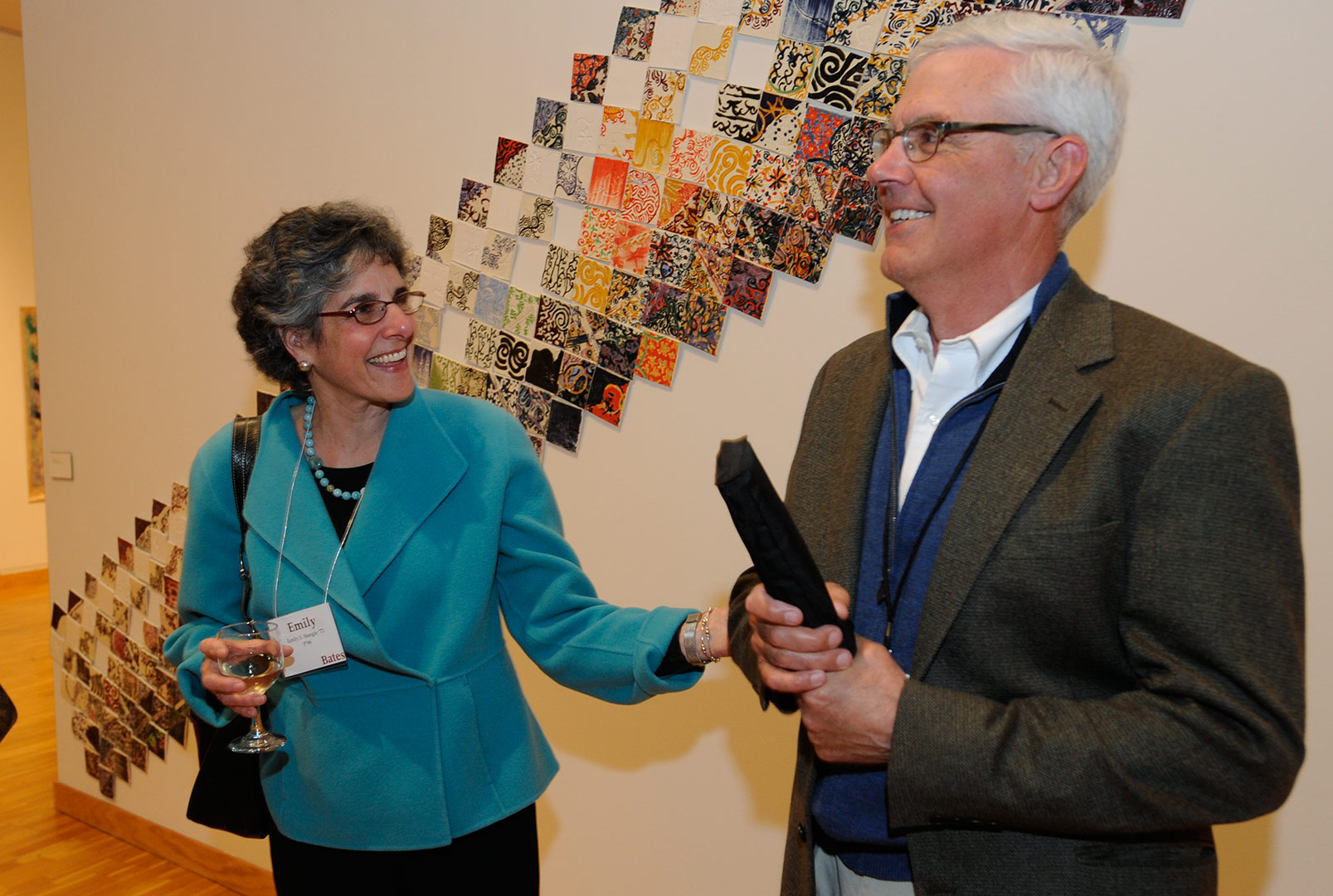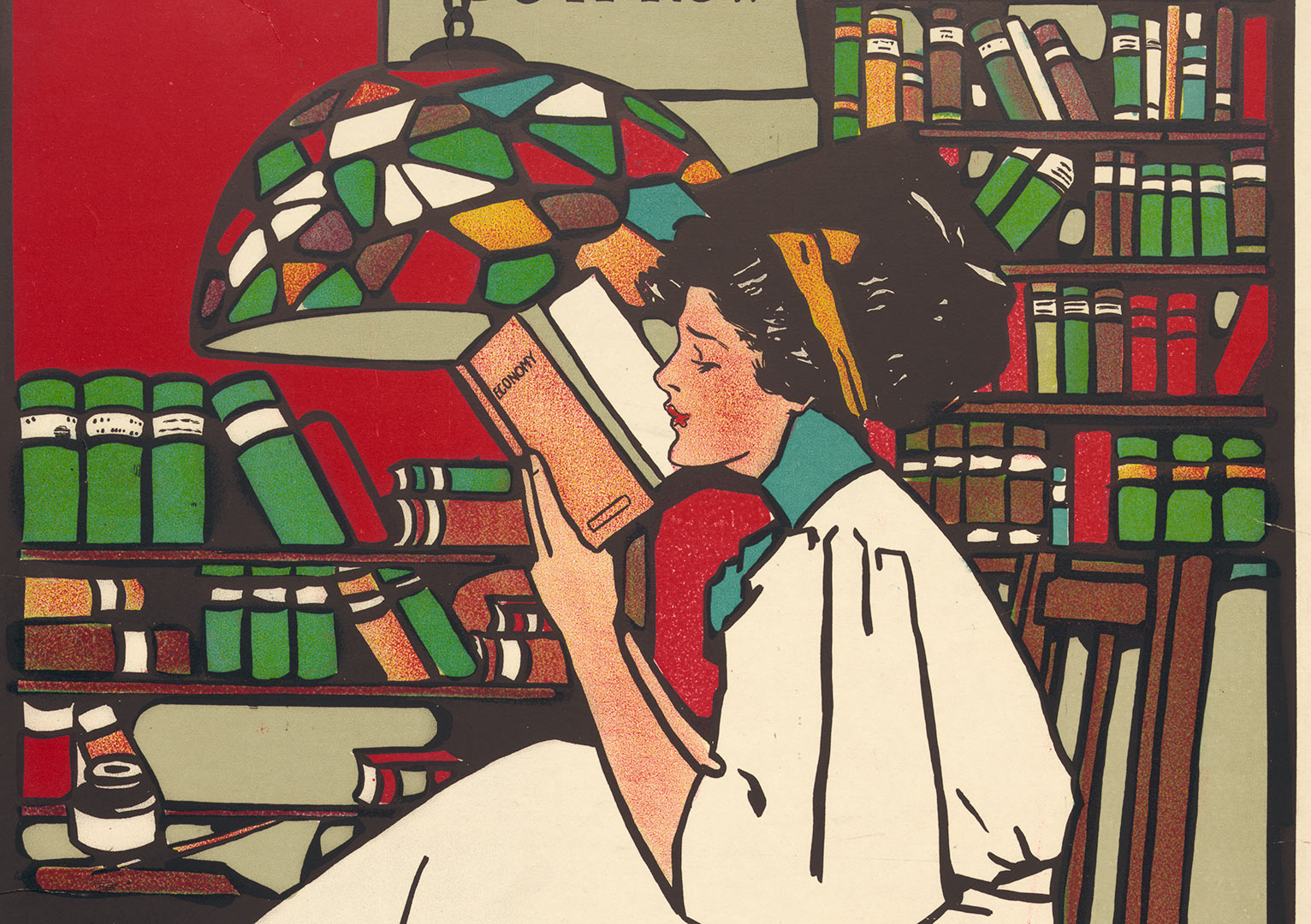
Museum of Art to connect L-A seventh-graders with space station

A close-up view of the International Space Station take from the space shuttle Discovery in March 2011. Photograph courtesy of NASA.
The Bates College Museum of Art, which has devoted much of 2012 to a major exhibition revealing the artistic potential of celestial photography, will give Lewiston and Auburn seventh-graders the opportunity to talk with astronauts aboard the International Space Station.
On a date yet to be determined in the coming weeks, the museum has arranged for students at Lewiston and Auburn middle schools to participate in “Amateur Radio on the International Space Station” (ARISS), a cooperative venture among NASA and other international space agencies that coordinates scheduled radio contacts between astronauts aboard the ISS and schools.
The 10-minute live forum will bounce between LMS and AMS students and astronauts orbiting 250 miles above Earth, and will occur in association with the museum’s exhibition, Starstruck: The Fine Art of Astrophotography. Details about the timing of the radio contact will be announced.
For more information regarding the scheduled ARISS radio contact with the ISS, visit Bates.edu/museum or contact Anthony Shostak at 207-786-8302 or ashostak@bates.edu.
“We’re thrilled to be working with the schools, the American Radio Relay League and NASA on this,” says Shostak, the museum’s curator of education and organizer of Starstruck.
“The three-way partnership between amateur radio operators, local educators and the museum is a great example of how groups working together can accomplish their goals in spectacular ways. And it also demonstrates how the arts can be a dynamic force in teaching science, technology, engineering and math — the STEM subjects that are so much in the news.”
Teachers in the middle schools will use NASA’s Teaching From Space resources and the Starstruck exhibition in a variety of ways across subjects.
The ARISS radio contact is one in a series with educational activities in the U.S. and abroad to improve teaching and learning in STEM subjects. It is an integral component of Teaching From Space, a NASA education program. Teaching From Space promotes learning opportunities and builds partnerships with the education community using the unique circumstances of human spaceflight.
A key community partner in the project is the Maine chapter of the American Radio Relay League, whose equipment and expertise are essential to making the contact with the ISS. “In an age of cellphones and the Internet, the wonder of radio is easy to overlook,” says Bill Woodhead of Auburn, Maine’s ARRL section leader.
“But you can’t just call an astronaut on the space station. You need radio. It is a powerful tool, and I hope that this program will excite young people to get involved in amateur radio and to learn more about how radio is used in vital communications and research.”




